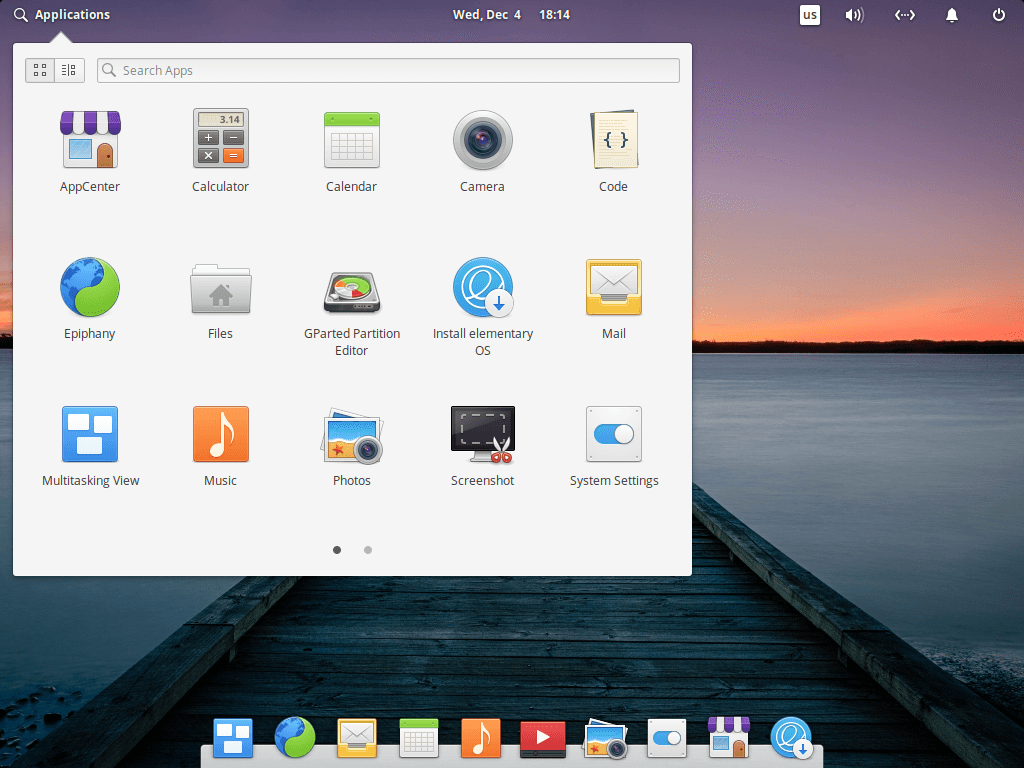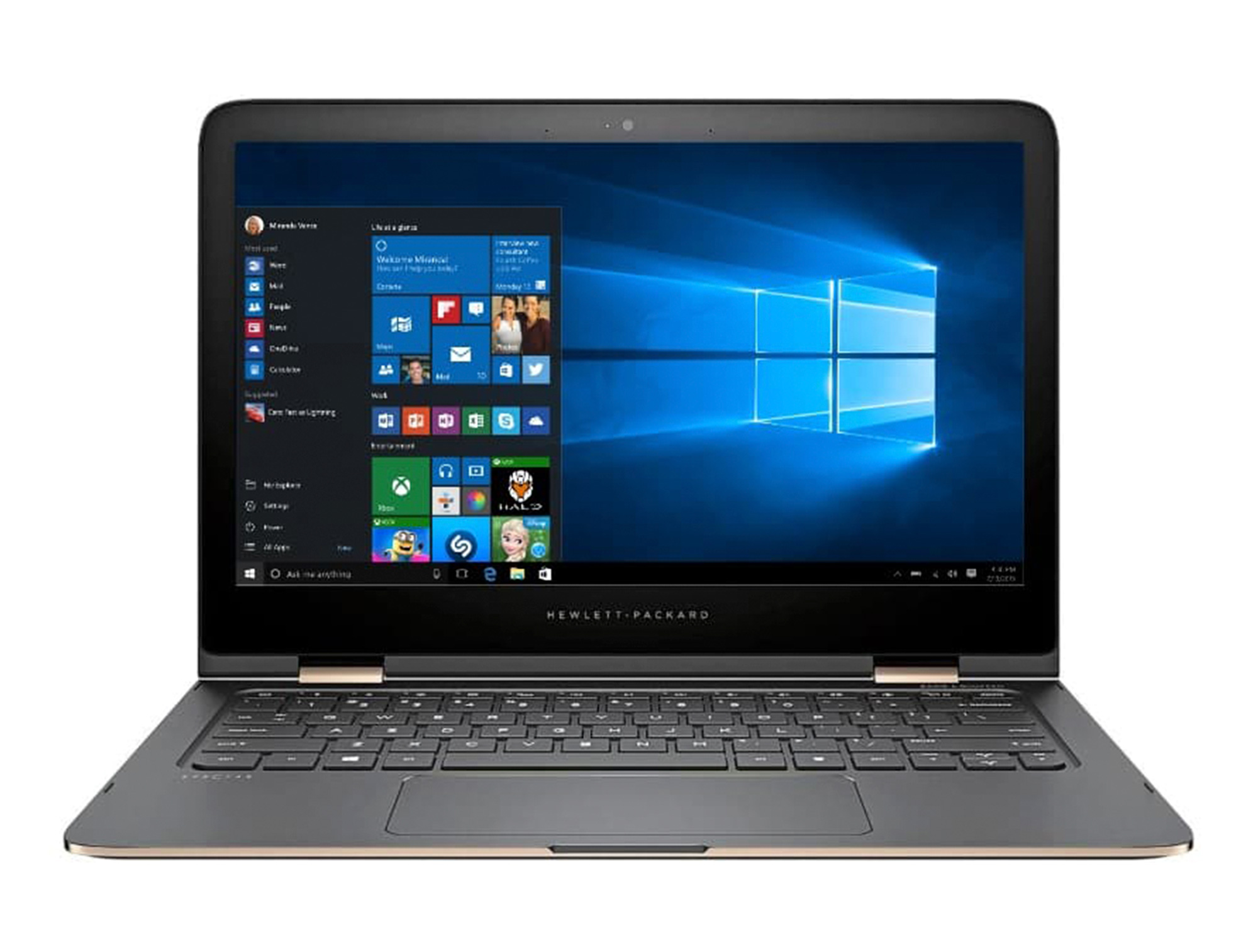- Using Flash Drive On Mac
- Best Flash Drives For Macs
- Usb Flash Drive For Pc And Mac Os
- Usb Flash Drive For Pc And Mac Pro
Click “Clone” to start the cloning process. The content of the USB drive will be overwritten and replaced with the clone of the boot drive. Booting from a USB Drive. Once you’ve installed macOS on a USB drive or cloned your hard drive to a USB drive, you will need to restart your computer and boot from the clone drive. Change the USB-to-Mac connection way. Have you tried to restart your Mac once or twice? We will go over how to use a USB drive, thumb drive, flash drive, pendrive, etc, on a Mac computer (aka Apple Macintosh) like a MacBook Pro, iMac, Mac Mini.
Sep 21, 2020 • Filed to: Solve Mac Problems • Proven solutions
For many years, users of Macs have been looking for the best tutorial to make sure that the use of USB drives on a Mac is not only explored, but it is also done well, and that the best. To help users make the best use of the system tools, this article has met the demands and needs of Mac users and increase general awareness.
Numerous advanced tips can be used to make sure that the user gets the best results when it comes to USB usage on a Mac. This tutorial will discuss the top 7 tips for using a flash drive. It will also provide a basic level of training to make the overall use of flash drive easier for Mac users.
1 Connecting Flash Drive to MAC
This is the first step that a user will take. Connecting USB to Mac is a simple process. Connecting to the Mac leads to the recognition of the device which can then be used for file transfer and sharing. USB ports are on all Macs and the user should connect the USB flash drive as seen in the picture below:
2 Formatting Flash Drive on Mac
This process is as follows:
a. Press CMD + Spacebar keys, then type application to access the application folder. Select Disk Utility.
b. Select the USB drive that is to be formatted from the left panel. Press the Erase button.
c. Press the Erase button again to confirm the process has been finished.
3 Scanning for Virus on USB Flash Drive on Mac
This is also one of the functions that should be carried out to ensure that the system is never affected and the USB drive's data is also protected properly. The USB device should be right-clicked once the ClamXav has been installed, which is the best antivirus software program. Please select the scan option to complete the process.

4 Opening Flash Drive on Mac
This is also one of the simplest processes that can be carried out. It should be noted that a user should first scan the drive for viruses so that the malware and viruses never affect the system. The finder that is built on Mac can open USB drives. The left panel shows all the connected drives and once the desired one has been clicked, the contents are shown in the right panel.
5 Transferring File from MAC to Flash Drive
Users can use flash drive on Mac in a simple way. Please scan the files that are being transferred to avoid virus attacks. The flash drive appears on the desktop of the Mac as soon as connected and the files can be dragged to finish the process.
6 Making Backup of Your Flash Drive on Mac
Users can right-click the flash drive and select the duplicate option to backup data on Mac easily.
7 Recovering Files from Flash Drive on Mac
By using the Recoverit for Mac, the process is also very easy as below:
Recoverit for Mac can help you perform 'All-Around Recovery' once you launch Recoverit. Follow the next simple steps to perform flash drive data recovery on Mac.
Step 1: Select your flash drive on the section 'External removable device' to start scanning your data.
Step 2: A scanning process will run immediately. You can preview the files to make sure the files that you need are found.
Step 3. Select the required files and click the Recover button to finish the process.
What's Wrong with Mac
- Recover Your Mac
- Fix Your Mac
- Delete Your Mac
- Learn Mac Hacks
Just like most storage mediums, partitioning a flash drive is also possible. There may be a number of reasons why you would want to partition a flash drive. If you have never partitioned a flash drive before, then don't worry; this article will help you. Read on to find how to partition a flash drive..
Partition with Diskpart
Partition with an USB Flash Drive Partition Tool
Bonus Tip 1. Best Way to Recover Files from Flash Drive after Partition or Format
Using Flash Drive On Mac
1How to Partition Flash Drive on Windows10/8.1/8/7?
Although it is possible to create multiple partitions on a flash drive via third-party tools, Windows will only read and show the first/primary partition. If you want the Windows to read a certain partition of the flash drive, then you will need a third-party tool to set that partition as primary.
Backup Your Data
Partitioning a flash drive will erase all data stored on it. That's why it is highly recommended that you back up all the important data before proceeding. The backup process is quite easy as all you need to do is connect the flash drive to your computer and copy the desired data to a location of your choice. Follow these instructions:
1. Connect your flash drive to your computer. Then open This PC on your Windows and find your flash drive.
2. Double-click on it to see its contents. Select the files that you want to back up and right-click on them and click Copy.
3. After that, navigate to the folder on your computer's hard drive where you want to store those files, right-click and select the Paste option. The transfer process will begin and your selected files will be copied to that folder.
Now that you have backed up your data, you can proceed to partition your flash drive. Following are some methods to do this:
1Partition a Flash Drive Using Diskpart
You can easily partition a flash drive via the Diskpart utility of Windows. The utility is run through Command Prompt. Follow these instructions:

Step 1. Press Windows and R key on your keyboard at the same time and type 'diskpart' in the Run pop-up window and then press Enter to launch it. A command prompt window will open.
Step 2. On that window, input 'list disk' to see which number your connected flash drive has.
Step 3. Next, input 'select disk X (X here is the number for your flash drive). It will be selected.
Step 4. Now input 'clean' and press enter to clean the device.
Step 5. Now enter 'list part' and then input 'create partition primary'. After that, input 'list part' and then input 'select partition 1'. Set this partition as active by inputting 'active'.
Step 6. Next, input 'format fs=fat32' to format the partition. After that, your newly created flash drive partition will be ready to use.
2Partition a Flash Drive with an USB Flash Drive Partition Tool
If the method to partition a flash drive via diskpart seems complicated, then there is another easier way to partition a flash drive. You can partition the USB flash drive via a flash drive partition tool called Bootit. Follow these instructions to partition a flash drive via Bootit:
Fist, you should install and launch Bootit software on your computer.
Step 1. Connect your flash drive to your computer and make sure it is detected by the operating system.
Step 2. Now open Disk Management on your computer. You can launch it from the Start Menu.
Step 3. Now select the current partition shown on the flash drive and delete it via the software.
Step 4. After that, right-click on the unallocated space of flash drive and click on New Simple Volume to create a partition. You can specify the size, label, etc. for the new partition according to your preferences.
Step 5. You can create multiple partitions on your flash drive by repeating the above step.
2How to Partition a Flash Drive on Mac?
If you want to partition your flash drive on your Mac, then you will be glad to know that it is possible. On Mac, you can do this via Disk Utility.
Steps to Partition Flash Drive on Mac
Best Flash Drives For Macs
Follow these instructions to partition flash drive on Mac:
Step 1. On your Mac, open Disk Utility. And connect your flash drive to your Mac.

Step 2. Once the Disk Utility is opened, select your flash drive from the sidebar and click the Erase button.
Step 3. On the newly opened window, select OS X Extended (Journaled) from the Format menu.
Usb Flash Drive For Pc And Mac Os
Step 4. Make sure to click on Scheme > GUID Partition Map. Next, format the drive via the Erase option.
Step 5. After formatting, click the Partition button and then use the '+' button to create and add additional partitions. Add as many partitions as you like.
Step 6. After setting the sizes, labels, etc. to partitions, click Apply to confirm your action. Partitions will be created.
Bonus Tip 1. Best Way to Recover Files from Flash Drive after Partition or Format
It's wise to backup the data on your flash drive before partitioning or formatting it. So, what to do if you forgot this or some important files were left when made a backup? Don't worry, a powerful data recovery tool can help you find them back!
iMyFone AnyRecover is one of such popular data recovery tools. It can help you find all your lost files no matter how you lost them. Files recovery at a formatted or partitioned USB flash drive is easy as 1-2-3 with AnyRecover.
Key FeaturesRecover lost files from different data loss scenarios, including formatted data recovery, deleted files recovery, formatted device recovery, etc.
Recover over 1000 type of files, including photos, videos, audios, emails, documents, archives and more.
Recover files from various storage mediums, such as USB flash drive, hard drive, SD card, digital camera, computer, etc.
Differing from other recovery tools, AnyRecover is 100% safe to use, it won't do any damage to your existing data.
One of the most reliable data recovery software with high data recovery rate - Up to 98%.
Steps to Recover Files from Flash Drive after Partition or Format
Step 1. Open AnyRecover on your computer, then connect your Flash Drive to your computer, select it.
Step 2. After selecting the location, hit “Start” button to start the process.
Step 3. After scanning, preview and select the files, then click on Recover button to get the lost files back.
Bonus Tip 2. Best USB Flash Drive for Windows & Mac
Among many quality flash drives, SanDisk Extreme PRO 128 GB Drive is considered the most popular USB flash drive for Windows and Mac. Following are the top features of this USB flash drive:
Usb Flash Drive For Pc And Mac Pro
Blistering speeds: 380 MB/s write, 420 MB/s read.
Durable, sleek, and eye-catching aluminum casing design.
AES, 128-bit file encryption for excellent security for sensitive files.
USB 3.0 as well as backward compatibility with USB 2.0.
Lifetime warranty.
